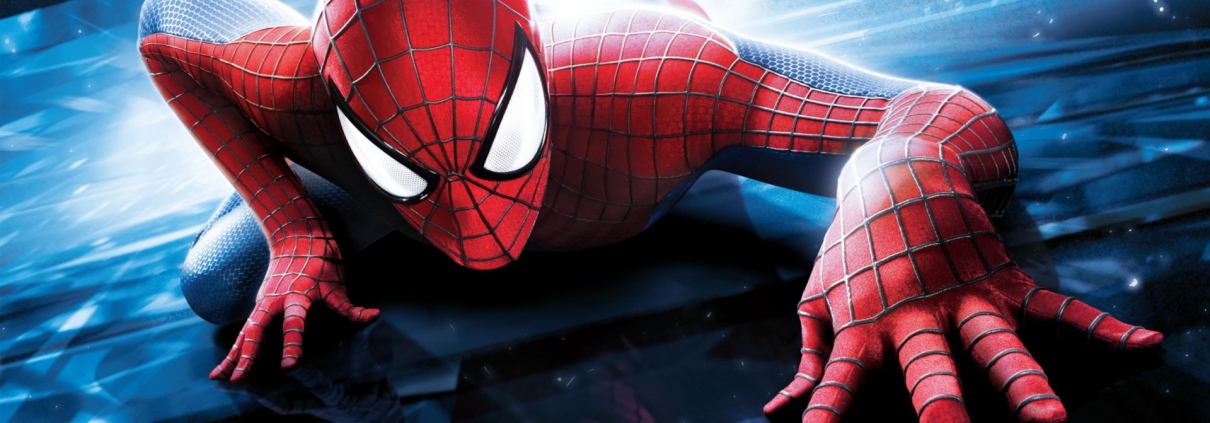Spider-Man and the Issues of Masculinity
By Brendan Manning
After two weeks in London, I’ve been thinking about the toxic masculinity prevalent in America. This refers to a representation of manhood utilising aggression, the suppression of emotions, and even the use of violence to assert power. Men who are physically strong often use this to further their male privilege. If this sounds unfamiliar then just look at American football (not to be confused with soccer). The players are big, aggressive and idolised for their often brutish actions, on the field and off.
Why does toxic masculinity exist? Because society allows it to. In America, football players are like gods. We love watching violent sports, especially those that include a toxic display of masculinity. Being on top of the social status pole, these men get to make the rules. Nobody is above them to put them in check. Many college athletes as well as famous football and basketball players use their male privilege to get away with all kinds of things, including sexual assault.
From childhood, these concepts are forced on us from the shows we watch to the toys we play with. Superheroes like Batman, Superman, and the Hulk are all examples of how masculine behaviours are negatively perpetuated. At a young age we are conditioned to value physical strength over all else, and we learn that the more “manly” you are the more respect you receive.
My favourite superhero was Spider-Man. I now believe this was because he lives a double life. As a nerdy teenager, I identified with him. Without his red suit, he is perceived as weak and this doesn’t bother him. He doesn’t feel the need to flaunt his masculinity. He wears a mask to hide his true emotions. A lot of other superheroes like Batman and Captain America wear masks that still show most of their face, therefore they cannot slip out of the tough guy act while in combat or else they would appear unmanly; they continue to promote toxic masculinity, because even while struggling they must always be “on.” The red Spider-Man suit is a facade, a false notion of manliness where underneath lies an awkward teenager. Shooting webs can only get you so far; it’s his brains that make him a capable superhero.
Most modern-day so-called superheroes who perpetuate non-stop violence are aggressive, sexist, and convey their masculinity with high-powered weapons. Except for Spider-Man, these characters rarely speak to the virtue of doing good for humanity outside of physicality.
Andrew Garfield, who previously played Spider-Man, said this of his character: “He stands for anyone that needs protection whether they’re black, gay, lesbian, bisexual, transgender. He’s not going to choose to save one over the other. What Stan Lee created is an every-man for every man, especially the underdog.”
It’s important for children of every gender identity to have role models who will instill a strong power that does not operate in hate or any kind of discrimination. Spider-Man is a non-toxic masculine hero who speaks volumes to future generations, reminding us that not all heroes wear capes.
And speaking of capes, what every Spider-Man movie has failed to highlight is how a teenage boy had been able to sew his own costume. While this type of labour is typically seen as more feminine, it is a strength in itself equally as challenging as shooting webs. But I guess sewing would make him appear too unmanly, at least in America.





